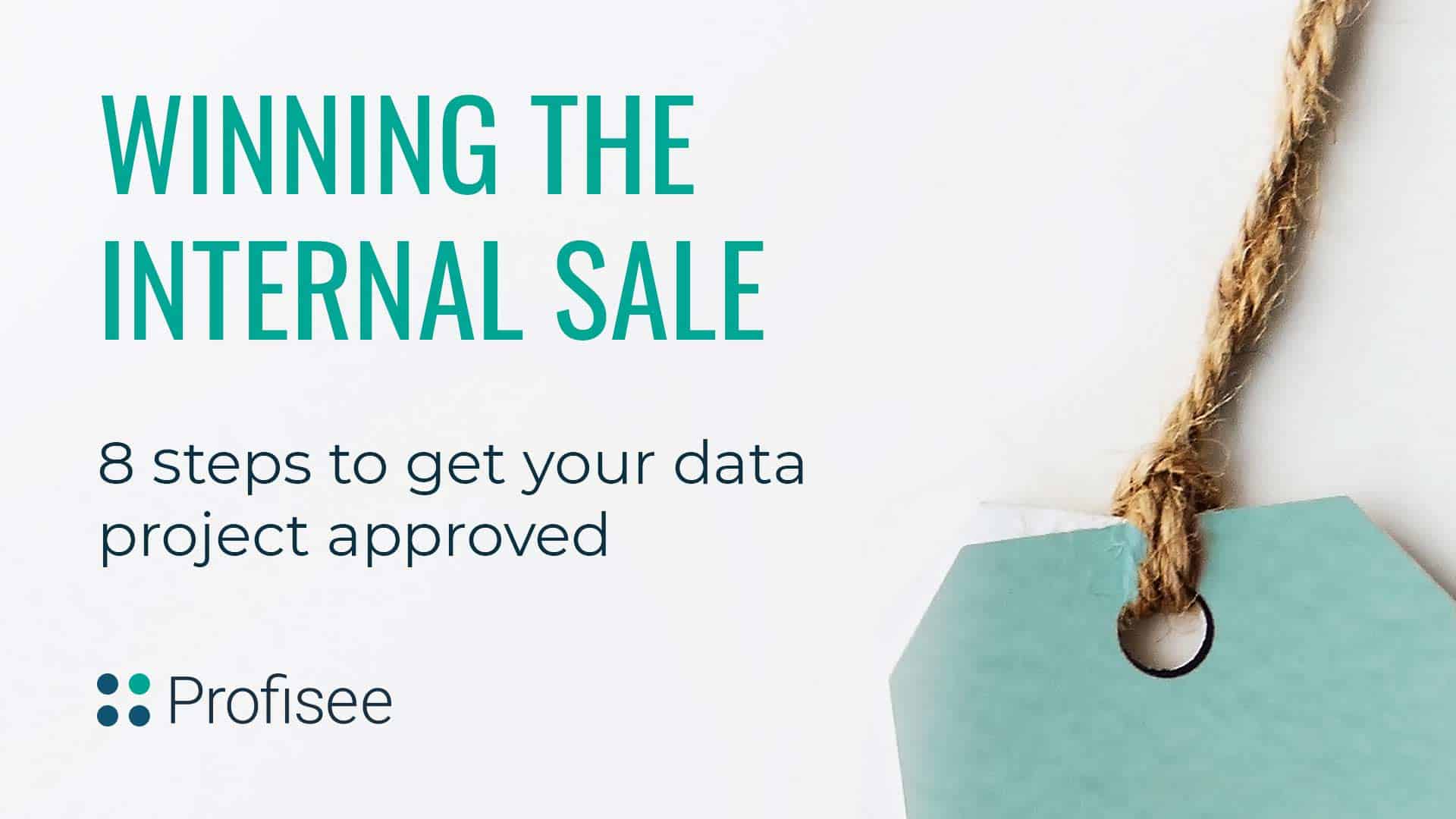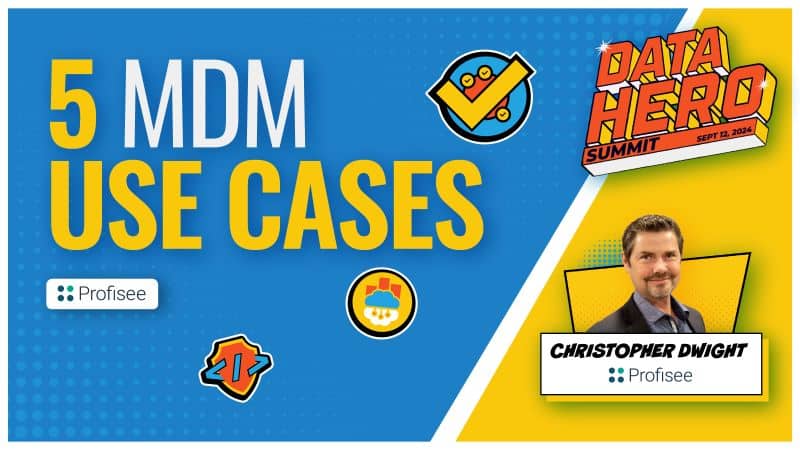Data Managers and alike often wonder why some organizations are able to get budget and resource approval for their data management initiatives quickly, while others struggle to get funding. While they know there is a business need, they struggle to get buy-in, leading to a lengthy debate where the decision
in some cases is to do nothing.
The question is how are some organizations able to communicate the business value of a data management project successfully, allowing them to move forward quickly and start realizing that business value? The answer is not simple, but here
are some tips:
Stop calling it a ‘data management’ project
When selling the business on the need for a more robust data management strategy, success comes from NOT calling it a data management project or using any technical language to describe the solution. Instead, focus on communicating the business solution in business terms.
For example, instead of pitching a solution for a business need as a “Data Management project for the Customer domain”, associate the project with some underlying initiative, for example, a “Unified Customer Experience” project.
Okay. Give it a business oriented name. That’s easy. What else?
Yes, you need executive buy-in
Convincing executives that your data management initiative deserves their attention and support can often be accomplished similarly to how you secure agreement on any course of action. The key is to think of your audience and find the best way to connect around a shared goal. Knowing that an executives candle burn at both ends and they focus on the bottom line is important to help drive home how your data management initiative is relevant to their objectives and can improve business outcomes.
Get some time on their calendar
Secure a 30 minute meeting with any executive who might be impacted by the data management initiative and excite them with a one-on-one conversation that highlights the benefits of a the data management strategy. Executives tend to respond well to facts and figures, so prepare a short, high-level presentation and share it with each executive who would be impacted with your data management strategy. If possible, tailor it to the specific pain-points in their respective departments.
Sell the business outcome and/or benefits
When selling your data management project (which does not need to be referred to as that..) it’s absolutely critical that you speak through the lens of business outcomes and benefits. The second you start to speak tactics and technical language, you’ll see the executives eyes glaze over and loose interest. Going back to our “Unified Customer Experience” project example, you could pitch business outcomes such as:
- Cost Reduction through producing a single source of clean, integrated customer data across the customer journey’
- Reduce time to market for new products and services by providing an accurate view of customer buying patterns and product services bundles.
- Increase customer satisfaction, resulting in lower churn rates and increased profit margins
- Sell the risks of NOT acting or buying-in: As you prepare your presentation, it’s important to build into the talk track the risks of NOT participating in the data management initiative. Explain how not having executing on the data management initiative is potentially hurting the organization by giving relevant examples. If your project is aimed at data quality to lay the foundation for a more “Unified Customer Experience”, then you might use examples such as:
- Duplicate data records across the enterprise causing reporting inaccuracies
- Corrupted, inaccurate and incomplete data causing misinformed decisions
- Understand the audience you are selling to.
For example, if you are positioning a more robust data management strategy to sales, you’ll want to focus on how the solution will help sales accomplish their business objectives which is often ‘more sales’.
So how could data management help accomplish that? Here are a few examples:
- A complete central view of an account – using matching to group duplicate records within and across applications, reps can connect the dots and view the complete history of an account, and determine what they have and have NOT purchased. With more accurate information, they will be prepared, and can more accurately identify upsell opportunities.
- Improving the quality of the data – your sales team can better identify the accounts they should be focusing on. With accurate contact and address information, enriched with financial and credit information, sales reps better identify the accounts to focus their efforts on, and have a single set of accurate contact and address information.
- Supporting Data Driven Marketing – by connecting the dots for your customer data across the enterprise, marketing will have better information to feed digital marketing efforts. The end result being an increase in the volume and quality of leads generated by marketing, which will ultimately enable sales to
win more business.
The key takeaway for the sales audience in this example would be that calling on customers, with an accurate view of customer data and what other products may be a good fit for them and leads to a sales person getting through the entire sales cycle that much faster.
Changing the focus from positioning data management as a tactical, technical exercise to selling a business outcome, ie a Unified Customer Experience that gives business stakeholder clean, trusted data with a 360 view of the customer
to enable sales.

Forrest Brown
Forrest Brown is the Content Marketing Manager at Profisee and has been writing about B2B tech for eight years, spanning software categories like project management, enterprise resource planning (ERP) and now master data management (MDM). When he's not at work, Forrest enjoys playing music, writing and exploring the Atlanta food scene.











